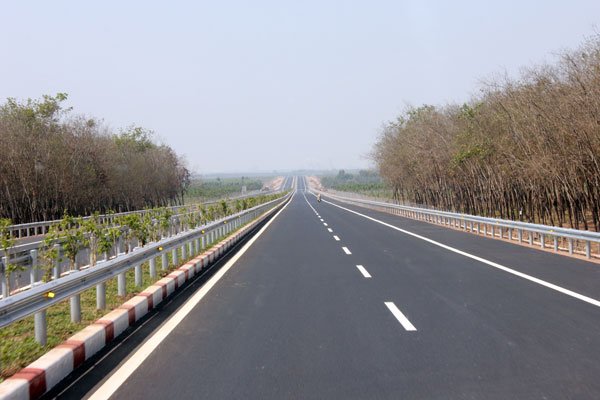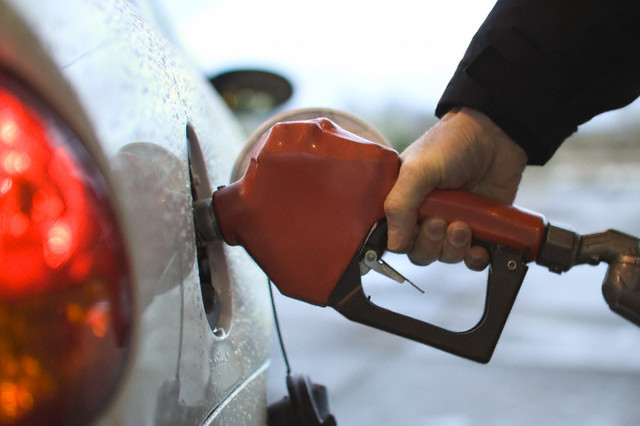
More toll stations are expected to go up on the expressway connecting the north and the south of the country as many sections are being developed under the build-operate-transfer (BOT) format.
More toll stations are expected to go up on the expressway connecting the north and the south of the country as many sections are being developed under the build-operate-transfer (BOT) format.
According to a prefeasibility study the Government has passed to the National Assembly, the project is divided into 20 components to be carried out in two stages.
 |
| A section of HCMC-Long Thanh-Dau Giay Expressway, which is funded by official development assistance (ODA) loans and the State budget. |
In stage one from 2017 to 2025, the first priority (2017-2020) will be to develop 713 kilometers of expressway with four lanes, including sections Mai Son (Ninh Binh) – Bai Vot (Ha Tinh), Cam Lo (Quang Tri) – La Son (Thua Thien-Hue), and Nha Trang (Khanh Hoa) – Dau Giay (Dong Nai).
Two other sections with a total length of 81 kilometers, Cao Bo (Nam Dinh) – Mai Son (Ninh Binh) and La Son (Thua Thien-Hue) – Tuy Loan (Danang), will be expanded from two to four lanes.
For the first priority of stage one, around VND130.2 trillion will be required, with VND55 trillion of it to come from the Government and over VND63.7 trillion from investors.
In the second priority of stage one spanning from 2021 to 2025, 659 kilometers of expressway will be built at a total cost of VND113 trillion, with around VND57 trillion of it to be sourced from the Government and VND56.1 trillion from investors.
In stage two after 2025, the expressway will be expanded depending on traffic demand.
Some of the sections will be developed in the BOT format. Besides, investors may transfer their toll collection rights to other sections upon completion to raise funds for other projects.
With these two investment forms in place, there will be certainly more toll stations along the expressway. Meanwhile, a lot of toll stations set up to recover capital for the expansion of National Highway 1A, the country’s current backbone, will remain active in the next 15 to 20 years.
The prefeasibility study indicates the North-South Expressway will have a total length of 1,372 kilometers and connect Cao Bo in the northern province of Nam Dinh and Dau Giay in the southern province of Dong Nai. Meanwhile, according an expressway development plan until 2020 with a vision towards 2030, the cross-country expressway would be 2,095 kilometers long, linking Lang Son Province in the north and Ca Mau Province in the south.
In explaining the difference, the Ministry of Transport said National Highway 1A and its parallel road Quan Lo-Phung Hien are projected to meet traffic demand between Can Tho City and Ca Mau Province with a total length of 150 kilometers until 2030. Therefore, the ministry said, there will be no need to build an expressway between these two localities.
Between Hanoi and Lang Son, an expressway section connecting Hanoi and Bac Giang Province has already been constructed while another section between Bac Giang and Lang Son is under construction.
Some 123 kilometers of expressway has now been opened to traffic while 127 kilometers is under construction. The remaining 1,372 kilometers will be developed from now to 2025 with four to six lanes.
(Source: SGT)





